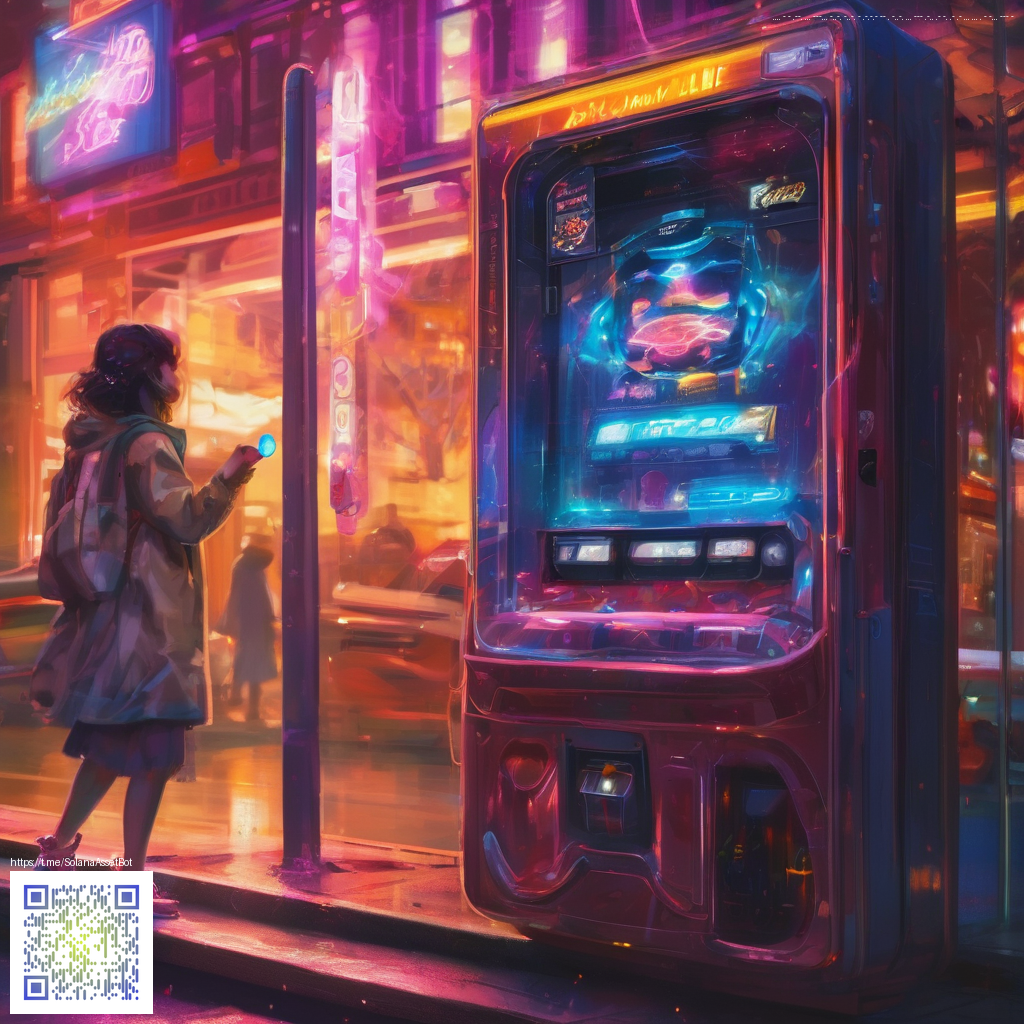As the digital landscape evolves, gamers confront a choice between NFT skins and traditional skins. This guide breaks down what each option means for your playing experience, your wallet, and how you value virtual goods in and out of games. The goal isn’t just hype—it's about clarity for your next cosmetic decision and how it lines up with your long-term gaming goals.
What counts as an NFT skin?
NFT skins are digital assets whose ownership is recorded on a blockchain. Each item can be unique or exist in limited quantities, and ownership is verifiable across networks and platforms. This portability creates a sense of scarcity and provenance: you can prove that you own a particular skin, and you may be able to transfer or trade it across different games or marketplaces that support the same standard. For some players, that openness is part of the appeal, turning cosmetic gear into a small, tradeable asset rather than a one-off look tied to a single game.
Traditional skins and their staying power
Traditional skins are crafted and distributed by game developers within a specific title or ecosystem. They’re typically tied to that game’s economy, licensing, and servers, which means your ownership is defined by access within that universe. For many players, traditional skins offer a straightforward, low-friction experience: unlock or purchase within the game, enjoy the look, and move on. There’s comfort in predictability—no separate wallets, no external marketplaces, and no dependence on a shared blockchain infrastructure. Yet the downside is clear: if the game changes direction or shuts down, the skin’s value and visibility can diminish or disappear entirely.
Ownership, scarcity, and value: the big trade-offs
At the heart of NFT skins is ownership as a verifiable claim. That claim can enhance resale potential, cross-platform visibility, and a sense of collectibility. On the flip side, it introduces new risks: market volatility, fluctuating prices, and the need to understand wallets, gas fees, and platform compatibility. For some players, the appeal is the possibility of a long-tail market where a rare skin appreciates in value; for others, it’s the headache of navigating marketplaces, smart contracts, and the possibility of scams and counterfeit items. Traditional skins, while less flashy as tradable assets, offer a more stable, game-centric experience with fewer external dependencies but potentially fewer opportunities for real-world resale or cross-game use.
“Ownership isn’t the same as access. With true ownership, you can prove your claim beyond the game’s boundaries, but you also shoulder the responsibility of safeguarding that claim.”
Economic realities and security
NFT skins sit at the intersection of gaming and finance. You may encounter costs like gas fees when moving assets on certain networks, and you’ll want to consider the security of your wallets and private keys. Market dynamics can push prices up or down quickly, influenced by creator popularity, network enthusiasm, and overall sentiment in the NFT space. Traditional skins avoid many of these external frictions but come with other constraints—licensing, canonical availability, and the risk that the skin loses value if the game pivots or players move on to newer titles.
Choosing based on your goals
- Cross-game use and provenance: NFT skins can enable transfer or display in multiple ecosystems that support the same standard, appealing to collectors who enjoy tracking ownership over time.
- Ease and stability: Traditional skins offer a predictable path to aesthetics without wallets, marketplaces, or contract risk, which suits players who primarily value in-game immersion.
- Investment vs. enjoyment: If your priority is potential appreciation and portfolio diversification, NFT skins may be enticing; if your goal is consistent play and cosmetic customization, traditional skins may be preferable.
For players who want a practical desk setup that supports long gaming sessions, a small upgrade can make a difference in focus and comfort. The Smartphone Stand Sleek Desk Travel Companion is a compact accessory that keeps your device at hand and your desk tidy, a subtle reminder that the right peripheral can improve your experience even when the cosmetics you choose are purely in-game.
Curious for a deeper dive? A detailed discussion of digital ownership and skins can be found at this resource page.
Similar Content
See more discussions here: https://defiacolytes.zero-static.xyz/41119759.html
